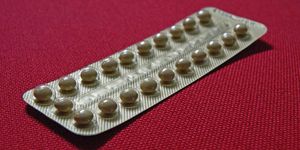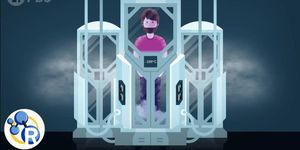Scientists Get a Closer Look at "The Plastisphere"
Plastic litter is a global problem, and some of the tiniest culprits are not visible to the naked eye. These microplastics have infiltrated the world's ocean. Minute plastic pieces are ingested by aquatic species, leading to their progression up the food chain and potentially ending up on your dinner plate.
In addition to causing digestive issues, starvation, and possibly death in marine species, microplastics play host to bacteria and other microbes. Researchers at the Marine Biological Laboratory (MBL) in Woods Hole Massachusetts refer to this biofilm as "The Plastisphere." According to an article from MBL, the Plastisphere impacts microplastics, such as causing them to sink or float, decompose, or make the microplastic smell or taste like food to other organisms.
While little was known about the Plastisphere, MBL researchers used a new microscopy method to examine samples of these micro-communities taken from various ocean sites. The result of their work was published last week in Molecular Ecology Resources and is summarized in the video below.
Jessica Mark Welch and MBL colleagues developed the improved microscopy method, which allowed the team to actually see the microbes' arrangement on the microplastics. They customized an existing imaging technology called CLASI-FISH—Combinatorial Labeling and Spectral Imaging Fluorescence In Situ Hybridization. Water samples were taken from the North Atlantic Ocean, the tropical Atlantic Ocean, and the Wadden Sea. The researchers observed diatoms and bacteria in all samples and Proteobacteria, Cyanobacteria, and Bacteriodetes were heavily present in each.
In the article from the laboratory, researcher and MBL Fellow Linda Amaral-Zettler stated, "We now have a toolkit that enables us to understand the spatial structure of the Plastisphere, and, combined with other methods, a better future way to understand [its] major microbial players, what they are doing, and their impact on the fate of plastic litter in the ocean." According to the research paper, the team considers this technique appropriate to continue investigating the Plastisphere and interactions between microbes.
Sources: Marine Biological Laboratory, Molecular Ecology Resources








